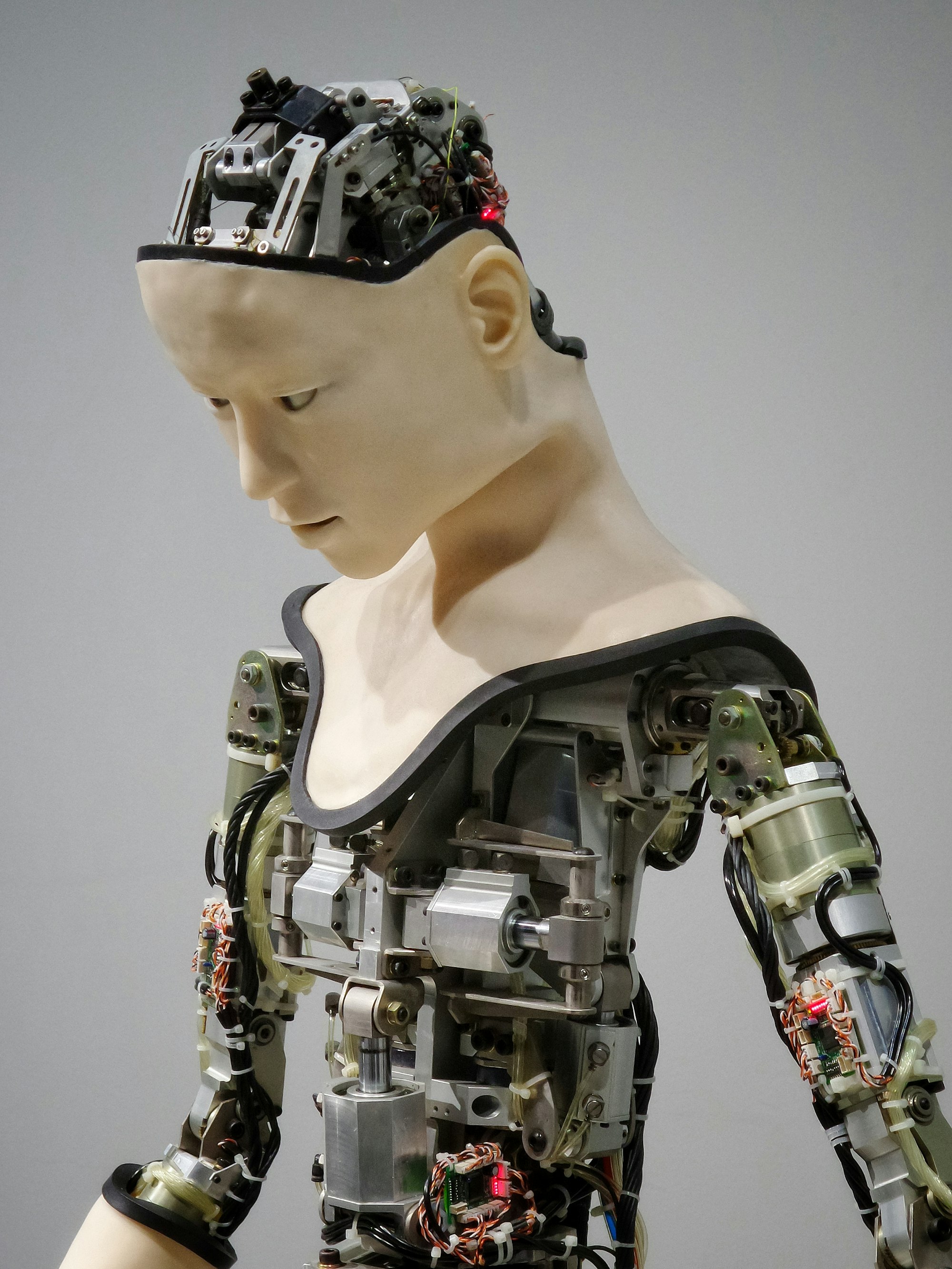Flipped learning and self-teaching

Note: This is a throwback post from April 2014, and the first of a series then in response to comments on these two articles from around the same time: article 1, article 2. Here in August 2020, I think this article has some interesting things to say about our current pedagogical moment, such as How do we deal with negative perceptions of flipped – and now online – classes, especially if students expect not to have to teach themselves things?
Today it's an interesting situation because on the one hand, as we come into Fall 2020, students have made it pretty clear that if they must be in class partially or totally online, they don't want just a talking head lecturing to them. On the other hand, the talking head approach is what many associate with "school" and so I would expect reactions similar to what I wrote about six years ago — a dislike and distrust of lecture, but also a strong resistance to moving to modalities the student aren't familiar with. How do we help students bridge that gap?
And a reminder: This article was from the Chronicle of Higher Education era of the blog from 2011 to 2015, and because of the formatting used, I've never ported them over wholesale to the current blog. I'll dip in from time to time and repost these, fixing the images and links and doing some light editing. Otherwise, you can find all my Chronicle at this archival site — a lot of the links and images are broken but the text is there, and searchable.
I had to take a bit of a hiatus for the last two weeks to finish up the semester and to give and grade exams. Now that this is over, I wanted to come back and address some of the comments in these two posts. Specifically, many of those comments are principled skepticisms of flipped learning and the flipped classroom, and rather than bury my responses in an already crowded comment thread, I thought they deserved to be brought up point by point for discussion.
Here’s the first one to bring up, and it’s a tough one. This (and many of the other topics I’ll be bringing up) come directly from one comment on one of those earlier posts. The commenter said:
When my colleagues and I have [taught with a flipped classroom], students do not perceive that a professor is teaching them at all, so we have comments such as, “We could just do this at home” or “Why am I paying all this tuition to just teach myself?” or “She doesn’t teach. She just expects you do do it all yourself. The class is pretty much pointless” or “If I wanted to learn on my own, I’d just take an online class or get a book out of the library.”
I wrote something about this issue a couple of years ago. A lot of what I am about to say is a recap and updating of those thoughts.
Thought of as a problem with the flipped classroom, this has two sides: A problem that students encounter (adjusting to the design of a non-lecture oriented class), and a problem that faculty encounter (dealing with negative student reactions). It’s tempting to say that once we get the students fully on board with what we are trying to do with the flipped classroom, the faculty problem solves itself. But it’s not that simple – because it’s possible the students have a point.
Let me explain. I loved this recent article about the shortcomings of lecture based on the author’s experience trying to teach her brothers how to play a card game. In short, she gave them a clear, engaging, and brief lecture on the rules of the game; they nodded along, indicating understanding the entire time; and when it came time to play, nobody except her had any idea what to do. I have a version of that story too. Once when I was a kid, I had a friend over and he wanted to play a board game. He didn’t know how, so I “taught” him by handing him the rules and telling him to take a few minutes to read them, and then I’d answer his questions. That went over about as well as in the first article.
Neither of these two approaches to learning work because neither of them take into account the needs of the learner. Both are one-sided. (Nodding along enthusiastically doesn’t count as audience interaction.) Neither one indicates the sort of partnership between students and instructor that the best learning experiences have. There are things the instructor does that help learners, and things that learners are responsible for because they are the ones learning. The best learning experiences strike a balance.
The flipped classroom does not automatically provide those sorts of outstanding learning experiences. What it provides is space and time for instructors to design learning activities and then carry them out, by relocating the transfer of information to outside the classroom. But then the instructor has the responsibility of using that space and time effectively. And sometimes that doesn’t work. In particular, if there’s no real value in the class time, then the students are not mistaken when they say they are teaching themselves the subject, and they are not wrong to resent it.
So what this means is that with the flipped classroom model, the instructor has the responsibility of designing what we might call crucial learning experiences – experiences without which you can’t honestly say you’ve learned the subject. From first-semester calculus, here are a few examples of what I would consider to be crucial learning experiences (your mileage may vary):
- Computing the derivative of a second- or third-degree polynomial at a point, using the limit definition of the derivative.
- Taking a relatively complicated function ($y = e^{-x} (x^2- 1)$ would be a simple example of a relatively complex function) and executing a complete analysis of its critical points, inflection points, intervals of increase and decrease, and intervals of concavity and then hand-sketching a graph based on the information.
- Solving a nontrivial continuous optimization problem completely, by hand.
Whether you have a traditional or flipped classroom for calculus, if a student had no experience whatsoever of successfully completing these three kinds of tasks, then you would be justified in having reservations about the completeness (and hence the validity!) of that student’s calculus education. In the traditional classroom, such experiences are usually reserved for homework. In the flipped classroom, the expectation is that problems like these will be done during class time under the supervision of the instructor.
Under the supervision of the instructor – there’s the rub. I don’t mean a kind of aloof, checking-your-Facebook-while-students-work kind of “supervision” but rather the kind of interactive engagement that a coach might have with his or her players while they practice. The coach doesn’t do the exercises for the players, but neither does s/he stand off to the side and let them flail around the entire time. There is interaction between the coach and the player, between different players, and between different groups of players. And through that interaction, questions get answered, others get raised – and things get learned, if it’s done right.
So, getting back to the original issue, if students are voicing the opinion that they are having to teach themselves their subject, it’s well worth looking into just what exactly is going on during class. If the answer is that we’re handing students the rulebook and telling them to learn how to play the game this way, then students have a legitimate beef. In this case, it’s time to give class time a makeover, of sorts, so that students are actively involved with you while working with each other (or by themselves, or some combination) on crucial learning experiences.
One of the reasons I support the use of a dual set of learning objectives, one “Basic” and one “Advanced”, is that it communicates to students and to the instructor that there are some things that are simple enough to learn before class (Basic) but other things that are best learned together (Advanced). Therefore there’s value in the class meetings, because mastery of only the Basic objectives is not sufficient evidence to indicate mastery of the subject. In student-speak, there’s no way they will get a decent or passing grade unless they can demonstrate mastery of the Advanced objectives, which are primarily dealt with in class with your (the instructor’s) help.
If we’re doing class this way, this should be enough to keep any reasonable student from saying that the flipped classroom is equivalent to an online course or that they are teaching themselves the subject. But not all students are reasonable, alas. The best I can do here is tell you what I’ve done in similar situations where it’s worked out well.
First, I give numerous opportunities for students to give me feedback on the course throughout the semester. I usually do this at the end of every 4-week period. (In fact my students sometimes get tired of being asked for feedback.) They have the opportunity – anonymously in some cases – to say whatever they need to say about the course, and they are specifically prompted in lower-level courses that if they have concerns about the flipped model to voice them. If a student responds with concerns, I will usually invite him or her to a meeting in the office to hear them out.
When they come – and I’ve never had a student who didn’t – I just listen and take notes. When they are done, I ask for specifics. For example, one student said that she didn’t think it was fair that her grade should suffer because I run the class flipped. I asked her for specific instances where she lost credit on an assignments directly because of the flipped class structure. She couldn’t name one. So, I said, how can we be sure that the flipped structure caused your grade to go down? How do we know it might not now be higher than what it would be in a traditional class? Where’s the causality that’s being claimed?
I’m not trying to browbeat the student or defend my course design, but if you’ve done all you can to make the class meetings effective, in all likelihood students are complaining because of vague feelings that they cannot support. For their sake they either need to figure out exactly what’s bothering them, or else accept what’s happening as just another way to learn.
Even so, students still may not be able to think of “lecture” and “teaching” as two different things. For me what’s been helpful is to use the results of formative assessments — little assessments that take place in the moment while students are working on these in-class tasks or through their out-of-class prep work — as public evidence of learning. For example, if 90% of my students answer a clicker question correctly, I’ll hold it up to them as evidence of their learning. “You guys seem to really understand the concept of concavity so far.” Convince them that they are learning. Evidence is helpful for this.
It’s also important to take every opportunity – and to make opportunities where there are none to take – to celebrate student successes in the flipped classroom and explain to students how this might help them later on. It doesn’t hurt to talk about how employers like new hires who are self-motivated, don’t need a lecture to learn how to do something, and who – quite frankly – know how to teach themselves things and have a taste for teaching themselves things. So in a perfect world, the very thing that students are railing against here – teaching yourself a subject – is actually one of the end goals of “higher” (read: “meta-”) education, namely education about educating oneself.


